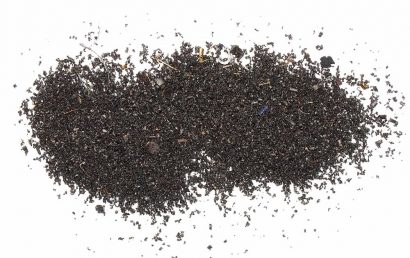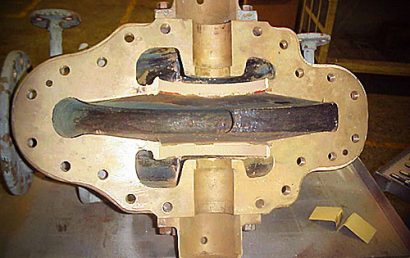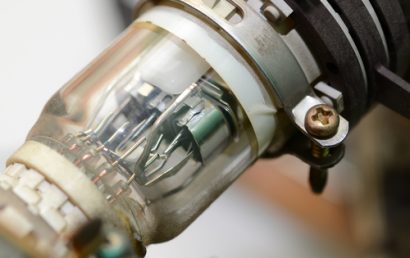Learn How To Clean Stainless Steel Materials
Stainless steel materials are exceedingly popular for any number of reasons, one of which is that they are so very easy to clean. In most cases, mild detergent or soap can be used with warm water as a wash followed by rinsing with clear, clean water. For most architectural and domestic equipment, this is adequate. Sometimes, however, often as a result of misuse or periods of neglect, stainless steel can become stained with surface discoloration. In these instances, there are various cleaning methods that can be utilized.
Cement/Mortar Splashes and Adherent Hard Water Scales
Use a solution of phosphoric acid that is as high as 15% or as low as 10% volume. Neutralize it with warm dilute ammonia solution and use clean water to rinse. Dry. To remove deposits, alternatively, you can soak in a vinegar solution that is 25% and scrub with a nylon brush. If you decide to go with a hydrochloric mortar remover that is acid-based, take special care.
Graffiti or Paint
Manufactured solvent paint strippers or alkaline products should be used as directed by the manufacturer. Of course, which one of these you use could depend on the type of paint. Scrub with a bristle brush or soft nylon brush – depending on the surface.
Surfaces with Grime Deposits That Have Accumulated or Which Have Been Badly Neglected
An abrasive, fine paste like what you would use for body refinishing on a car can be put to good use here. Afterward, to remove all paste material, rinse it clean. Unfortunately, you may need to do an entire surface to avoid a patchy appearance. The good news is that this might brighten a dull finish.
Carbon Deposits That Are Burnt On
Pre-soak in hot water with ammonia solution or detergent. When necessary, remove deposits with a fine scouring powder or just a nylon brush. Repeat as necessary and wrap up the process with a routine cleaning. Be advised, however, that scratch marks may be left behind on polish surfaces if you use an abrasive scouring powder.
Carbon Steel Contamination Induced Rust Stains
For rust, non-scratching, mild polishes, and creams should be used and applied with a soft sponge or soft cloth. Residue should be rinsed off with clean, clear water. Dry. Avoid the use of chloride solutions or pastes which contain abrasive particles.
Grease and Oil Marks
Wash with warm water with detergent or, if preferred, a hydrocarbon solvent. There are, available on the market; spray applied polishes which can minimize remarking while cleaning at the same time.
For Light Soiling, the Routine Cleaning Method
This works on most surfaces. With a soft fiber brush, soft cloth, or clean sponge apply detergent, soap, or dilute 1% ammonia solution in warm, clean water. Rinse with clean, clear water and dry.
If you want to avoid watermarks after the entire cleaning process has wrapped up, first of all, make sure that you are rinsing with clean, clear water. Tap water that is a reasonable quality is okay. You can avoid drying marks if you wipe the product dry with clean, disposable wipes or use an air blower to eliminate excess moisture and water droplets.



